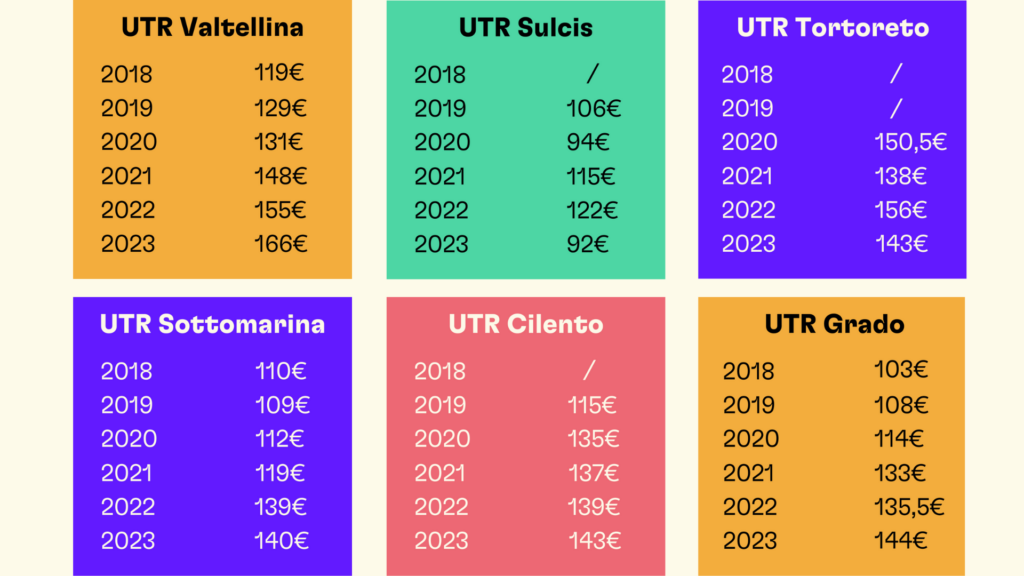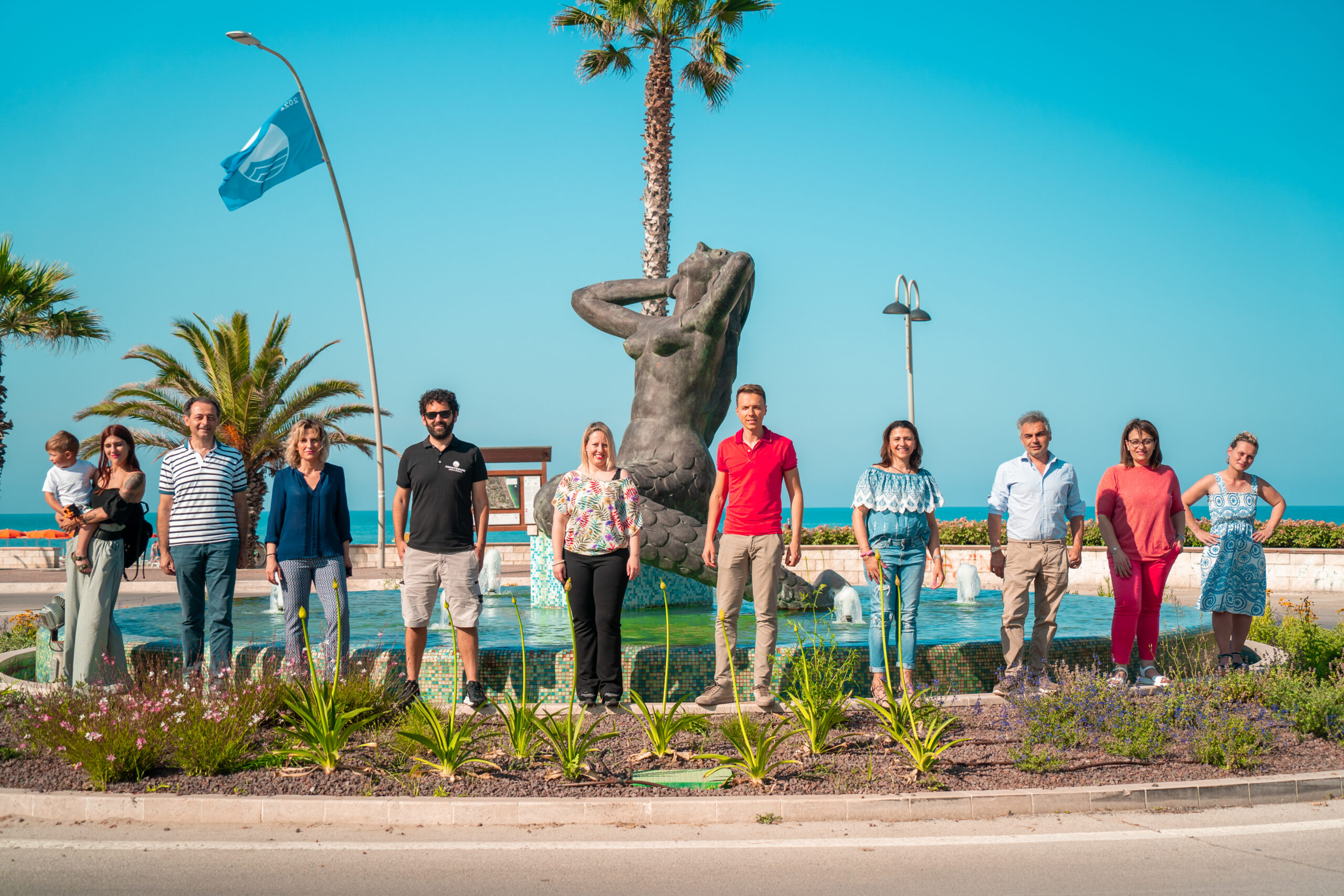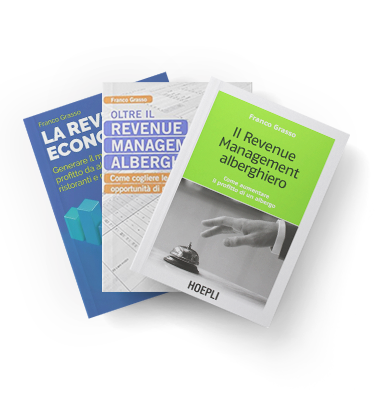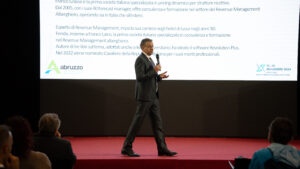A successful future for Tourist Destinazions: Franco Grasso’s “recipe” is simple and striking, able to solve a vexed question, namely: creating tourist appeal in a determined territory.
The ease of the recipe suggested by Europe’s most important revenue management expert may look surprising, but it is based on sound principles of economy and management that have showed their efficiency in various contexts.
In the world of tourism, the concept of “destination management” is often a matter for complex, elaborate discussion.
Discussions that promptly cause confusion, especially when dealing with identifying what is responsible for the successes or failures of a tourist destination.
Politics and institutions are singled out as the main culprits when a destination does not reach its hoped-for success.
“Events are not created”, “We should improve the infrastructures,” “We should create attractions”: these are the most common criticisms made by the institutions.
These are certainly important (and desirable) aspects, but the reality is often different.
The work to create a successful tourist destination may be simplified and made highly efficient through direct action by the actual hoteliers.
It is possible to create and improve a tourist destination through two simple steps, based on consolidated, tried and tested revenue management strategies:
- Apply the best revenue management techniques for each single hotel
The first step consists of applying revenue management per each hotel. Techniques, strategies and technologies including rate management, optimisation of bookings and predicting demand. With revenue, hoteliers can maximise their profits and improve operative efficiency;
- Multiply this approach over all the hotels on one territory of its own
The second step is to extend revenue to most, if not all, the hotels in a determined tourist area. When a whole community of hoteliers adopts revenue management strategies, it creates a synergy effect that amplifies benefits for the entire destination.
The positive effects of revenue management

The broad spread in revenue management techniques leads to a series of positive effects that go beyond a mere profit rise.
For example, when hoteliers collaborate and share information, a co-operative environment favouring overall success is developed.
The best example we can cite must be the creation of our TRUs (Unità Territoriali Revenue: Territorial Revenue Units), in particular the Grado in Rete (Network Degree), a free association of tourist entrepreneurs that has operated for around a decade in Friuli Venezia Giulia with great success in business results, and acquired authority and prestige in the eyes of local institutions.
And sitting right at technical tables, the entrepreneurs saw that the tourist tax was reinvested in initiatives to promote the territory.
To give further examples, collaboration may also lead to the creation of integrated tourist packages and joint promotions, making the destination more attractive overall.
Nor should we underestimate another factor: reinforcing relationships with the institutions.
A prosperous, cohesive hotel sector is more able to communicate with the local intiutions.
And when the communication broadens, it can lead to infrastructural improvements and the development of events and attractions, creating a more robust, competitive tourist eco-system.
Certainly, a fundamental link between the institutional world and the world of work is the figure of the destination manager.
The Birth of ASSIDEMA
It is no coincidence that these very days have seen the birth of ASSIDEMA, an important association committed to becoming a reference point in Italy for training new Destination Managers.
A category of more advanced, expert, innovative and connected professionals, able to operate effectively in both the public and the private sectors, significantly contributing to the growth and promotion of Italian tourist destinations as they can meet all needs.
We were also invited to join ASSIDEMA: the 10 founding partners of the associazione, whose president is Claudio Dall’Accio, includes Emiliano Viola, Franco Grasso’s chief operating officer.
This all goes to show how far the application of revenue has become an essential condition in determining a territory’s success.
Our presence was strongly desired for expanding the benefits of the UTRs and repeating these projects in other territories which have, till now, adopted traditional destination management strategies.
Why it works

Applying revenue management on a collective scale generates a virtuous circle from which the whole destination benefits. The hoteliers’ individual successes are transferred into a collective success, which in turn attracts more tourists and investments.
We enjoy concrete proof, with the numerous UTRs we are following nationwide, that the hoteliers of the same territory may also not compete with each other, but choose the path of revenue (well done): we have seen with our eyes (and our numbers) that they attract far more clients.
This positive cycle reinforces the local economy and improves the reputation of the destination.
There are currently more than 10 TRUs in all Italy, with outstanding results in maximising sales for private entities and enormous income for the destination.
Creating or improving a tourist destination does not necessarily require large investments or complex institutional interventions.
The key to success lies in the hands of the hoteliers and their ability to adopt and spread effective revenue management practices.
Contact us to find out how to start a TRU





